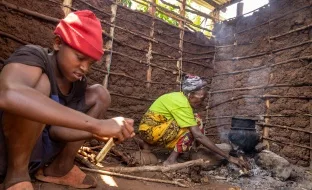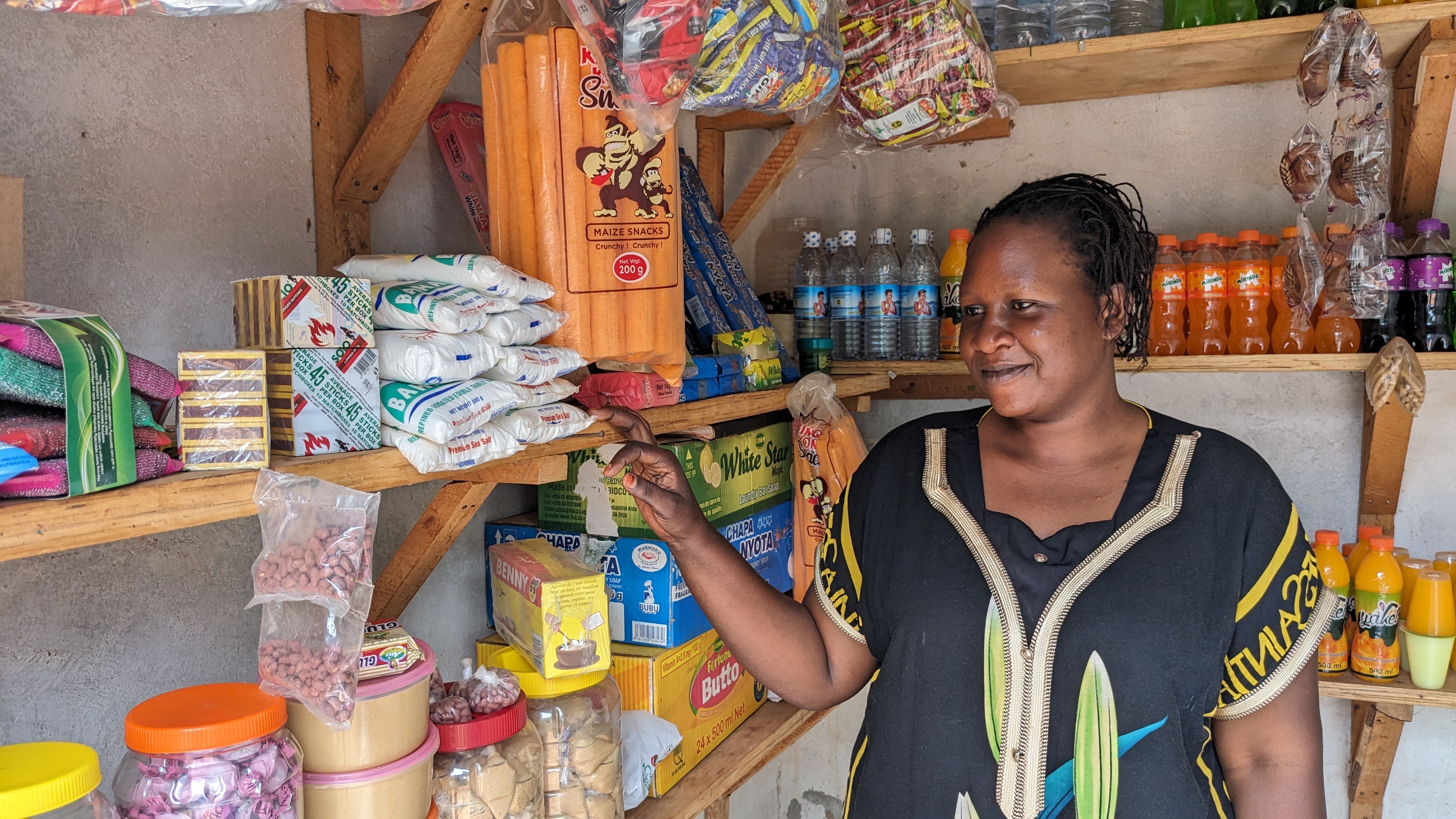People often ask us how far a standard GiveDirectly cash transfer – approximately $1,000 – goes for a recipient household in Kenya. The easy answer is: a lot further than it would go in the U.S. In order to understand exactly how much further, I recently asked my colleagues in Kenya about the average cost of some of the most common purchases that recipients report during our follow-up calls to them. Here’s what I learned:
| Category | Item | Cost (approximate) |
|---|---|---|
| Building and household items | ||
| Bed | $45 | |
| Cushions | $4 | |
| Iron sheet gauge (for tin roof) | $6 – 9 | |
| Mattress | $22 – 28 | |
| Table | $18 | |
| Livestock | ||
| Chicken | $2 – 3 | |
| Cow | $145 – 220 | |
| Pig | $7 – 10 | |
| Other | ||
| Second-hand motorcycle | $330 – 500 | |
| Secondary school fees for 1 year | $165 – 220 | |
| Staple food for family for 1 week | $15 – 40 |
With these prices a household can make $1,000 go a long way, in a lot of different ways. For example, these two randomly selected recipients spent a $450 installment of their transfers on very different baskets of goods to meet varying needs and goals. Anna spent mostly on improving the condition of her home, while Peter focused on livestock – maybe a good-sized cow? – and used the rest to get a wide range of less costly items.
| Name | Purchase | Cost (approximate) |
|---|---|---|
| Anna | ||
| Building | $210 | |
| Household items | $95 | |
| Livestock | $110 | |
| Peter | ||
| Building | $33 | |
| Clothing | $11 | |
| Debt | $33 | |
| Food | $33 | |
| Livestock | $221 | |
| Medical | $55 | |
| School | $55 |
For a resident of the U.S. – and one of the most expensive cities in the country, at that – it’s hard to believe that money can go so far for our recipients. I’ve never purchased a chicken, but I regularly spend $3 on a dozen eggs. And my new mattress cost quite a bit more than $28. This is an added benefit of working where we do: we give recipients the opportunity to make significant and life-changing investments with a fairly modest amount of money in dollar terms. A dollar is worth much more to our recipients than it is to the majority of our donors, simply because of where they live.

